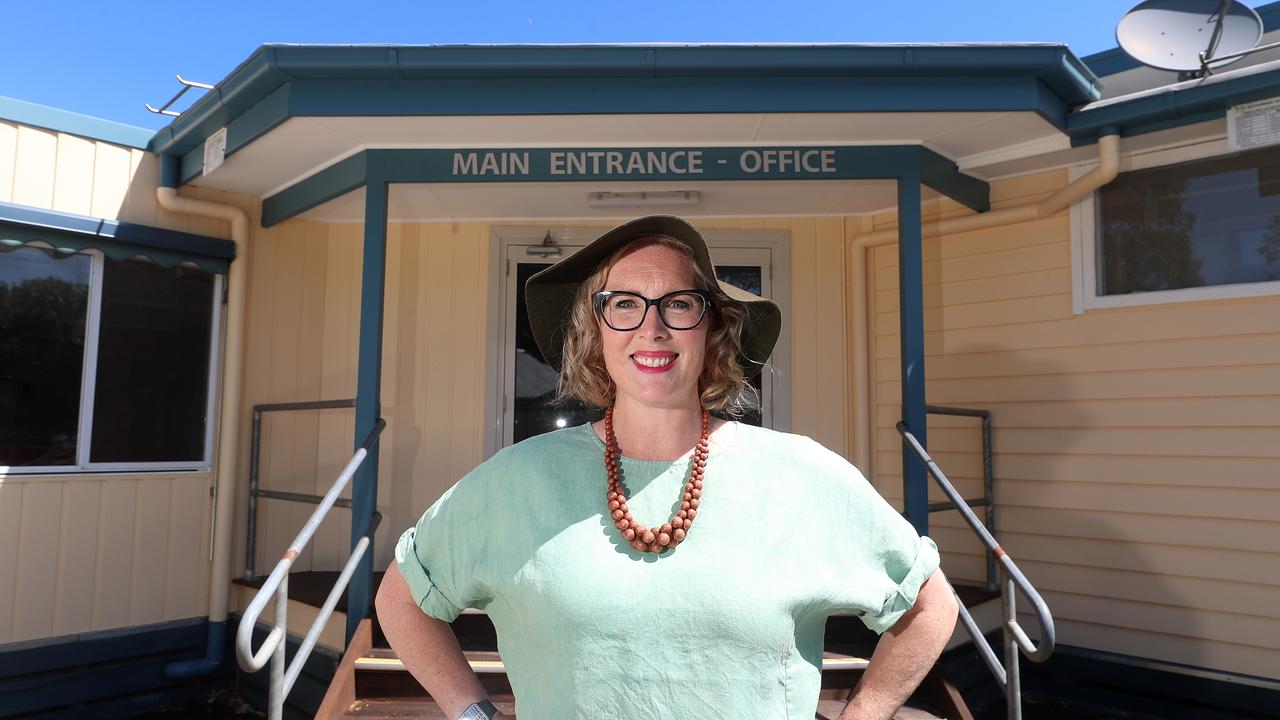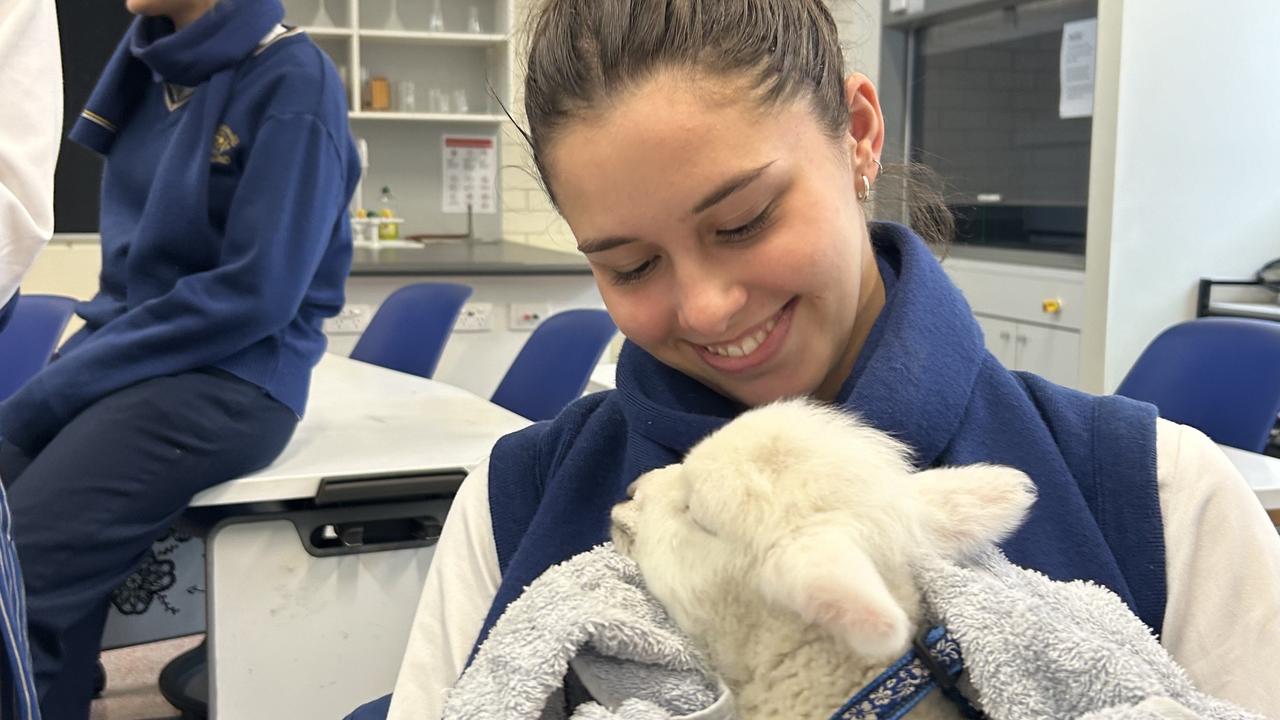Parents flock to independent schools in country Victoria
Independent schools across regional Victoria have experienced extraordinary enrolment demand this year.
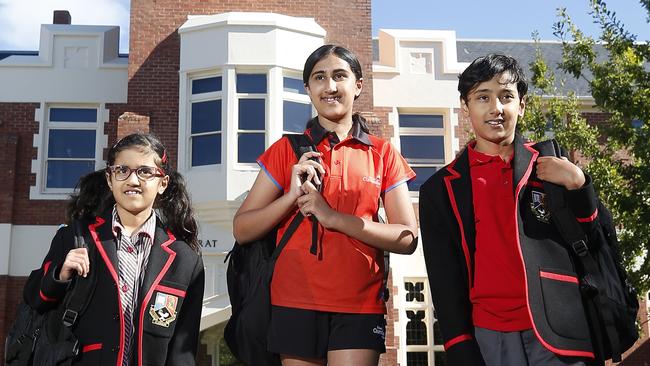
VICTORIA’S year-long slog through remote learning really focused parents’ minds on the important role education plays in family life.
The drastic change to stay-at-home study — with its endless WebEx calls and curriculum delivered through YouTube clips — was a great fit for some kids, but overwhelming for thousands of children and adults.
The extraordinary circumstances created by COVID have contributed to significant enrolment growth at some independent schools, particularly those in regional and rural towns where student numbers are climbing at a rate far greater than the state average of 1.6 per cent year-on-year.
In Gippsland, for example, at St Paul’s Anglican Grammar enrolments for 2021 are up 8.5 per cent on the past year.
“It is quite astounding,” said principal Cameron Herbert, who has been at the helm of the coeducational school since April 2018.
“I feared when COVID hit we would probably struggle to maintain numbers. But it hasn’t been the case at all.”
He said enrolments had increased by about 2 per cent on average for the previous two years at least, but the boom this year was a massive leap, bolstered by people relocating to communities near Warragul and Traralgon, to escape Melbourne.
“Not just from Melbourne, other cities too,” Mr Herbert said. “They have realised the benefits of a regional area.”
The surge in new families at St Paul’s also includes locals, however, who decided to change schools after thinking carefully about the support they and their children were receiving during last year’s lockdowns.
“We have had people come to us because of their discontent,” Mr Herbert said, adding that the school’s impressive median ATAR of 87 last year, coupled with its skilful management of remote learning, had spread quickly by word of mouth.
“I’m very lucky — I have a very adaptable staff who put the hours in when it mattered,” Mr Herbert said. “When you are paying for an education, staff understand the service has to be really good.
“People will stay if they think it is worth it. And people will come if they hear it is worth it.”
The school had planned for growth off the back of the steady 2 per cent annual increases, with a new campus under construction at Drouin West and a new building at the burgeoning Warragul junior school, which has 360 students this year, up from 320 last year.
The main challenge now will be managing the quadrupled tide of interest until the new Drouin campus opens its doors in 2024.
GOLDEN EDUCATION IN BALLARAT
IN VICTORIA’S Goldfields, the surge in demand for independent education is significant — kept in check only by Ballarat’s tight housing supply.
Ballarat Clarendon College has consistently outperformed prestigious city schools over the past two years, both in NAPLAN and ATAR. Melbourne families have taken notice, with many relocating to the home of the Eureka Stockade simply for the education on offer.
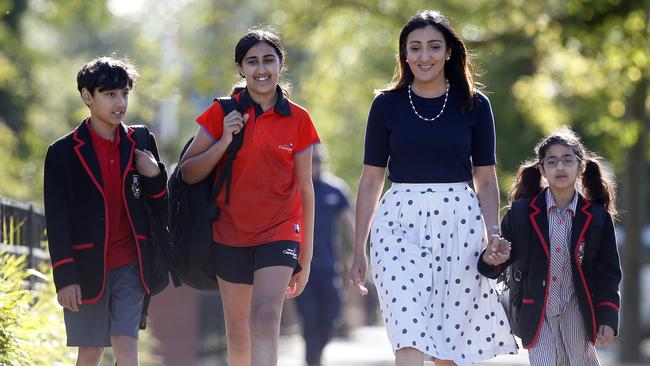
Kiri Burji and her husband did so in February, uprooting their lives in the Melbourne suburb of Canterbury so their three children, Hana (Year 2), Harry (Year 4) and Hema (Year 7), could attend Ballarat Clarendon.
The school was a main factor when deciding on the ideal regional home location.
“Initially we thought let’s go look at Daylesford,” said Kiri, whose ability to work remotely in her education-related role made the move possible.
“Daylesford is gorgeous. But when we looked at options in terms of education, Ballarat was a clear winner. We have some of the best schools in the state here.”
Ballarat Clarendon principal David Shepherd said the school this year had 110 more students than last year, when its enrolment was 1600. That’s growth of 6.9 per cent, up slightly on the previous year’s 6.7 per cent.
“The last three years really, when you look at it there has been quite significant enrolment growth,” Mr Shepherd said.
“What I can’t say to you is what that is directly attributable to.
“The school in 2019 was the top performing VCE school in the state and last year in 2020 we were number three. That would be having an effect in there somewhere.
“A quarter of new day students have relocated to Ballarat from Melbourne.
“I think families certainly made contact with the school during lockdown last year indicating they were looking at a tree change of some sort.”
When Mr Shepherd took the reins 25 years ago, the school was known for its music program. More recently, it has become known as an academic beacon.
“It has been very interesting to see over that time how Ballarat as a town has grown and is really going through a really positive period at the moment,” Mr Shepherd said.
“I see it as a second golden era really. People are seeing it is a pretty good place to live and you can achieve good outcomes with your family, and particularly in education.”
CHANGING SCHOOLS DURING THE PANDEMIC
AT HAMILTON in Victoria’s Western District, mother-of-three Karla Northcott made the difficult decision to move her daughters to a new school mid-last year.
She was searching for a school with smaller classes, more one-on-one attention and an environment that could better cater for her children’s different interests and learning styles.
“It was a really hard decision, and as I was doing it I was thinking, is it wrong timing to be doing all this? But I don’t regret my decision one bit. It worked out to be the right thing,” Karla said.
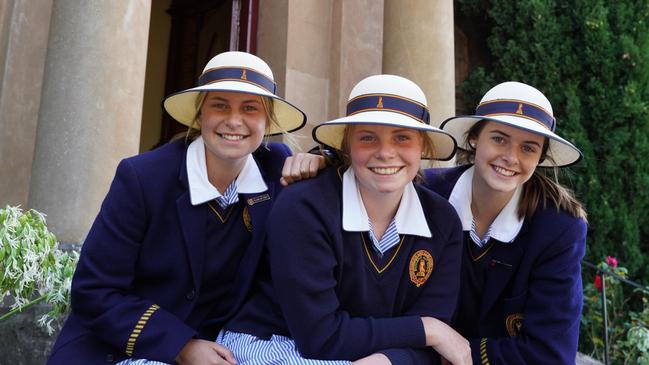
Karla’s oldest two daughters, Lexie and Portia, started at The Hamilton and Alexandra College last year during term 3. This year, 17-year-old Lexie is in Year 12 and is excited about playing hockey — which is popular at the school, but not common at other campuses in the region — and also having more engagement with her teachers, helped by the small class sizes.
Portia, now in Year 11, enjoys the academic challenge offered by the school’s personal approach.
Karla said moving school during VCE years — and during a pandemic – was nailbiting, but the decision wasn’t driven by COVID as such, more so by the educational gaps and support needs that became obvious to her during remote learning.
“It was pretty intense that year,” she said. “They needed more help, I felt. That is why we moved.”
Her youngest daughter, 14-year-old Roxy, was so keen to share in her sisters’ positive experiences at the new school, she started this year.
STRONG DEMAND IN GEELONG
WHILE The Hamilton and Alexandra College has not experienced student population growth above average, schools closer to Melbourne have.
Enrolments at The Geelong College have increased 2.5 per cent year on year, up from the past five years’ annual average of 2 per cent.
Principal Dr Peter Miller said that meant they had to add an extra class in Years 5, 7 and the senior school.
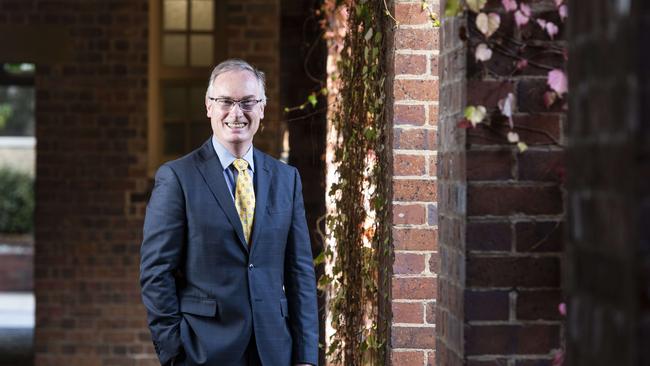
He said the uplift didn’t sound major, but was unprecedented because at least two new non-government schools had opened in Geelong in recent years, and he had anticipated fee-paying schools would take a large hit due to families’ financial struggles during the pandemic.
“This time last year we were concerned whether we would be retaining the same level of enrolments going into 2021,” he said. “Just like all businesses were concerned.
“A 2.5 per cent increase is probably not what we expected in June last year.”
He puts growth down to the unique COVID circumstances in part, but also the evolution of Geelong from a satellite town into a buzzing metropolis with strong “regional character”.
“My technical term is Geelong is going off like a frog in a sock,” he said.
“It is extraordinarily busy — there is a great optimism in Geelong … there is significant growth in all areas, and transformation.
“They have always said this is the Pivot city — before that word made us cringe. But Geelong has always been like that.”
Established properties are in demand, developments continue to sprawl on the outskirts with buyers still snapping them up, and Melburnians continue to migrate from the capital.
For a school that prides itself on its “boutique” size and approach, The Geelong College has managed its growth carefully.
“What we are trying to maintain is a character where students are known and have a strong sense of belonging,” Dr Miller said.
In recent times, a waiting list for new students had been necessary, but Dr Miller said they looked at every case carefully.
STEADY RISE IN VICTORIA’S INDEPENDENT SECTOR
LAST year, enrolment growth at Victoria’s independent schools outpaced state schools by a significant margin. Student numbers at independent schools in the state grew by 2.7 per cent, to hit 150,999, while government enrolments were up by 1.6 per cent, to 644,475, according to the most recent figures released by the Australian Bureau of Statistics last month. Catholic school enrolments increased by less than 1 per cent.
The steady rise in independent enrolments is not a sudden phenomenon. Across Australia, the sector has gained students at a rate of 9.5 per cent over the past five years, while government schools have gained 5.9 per cent.
Victoria has one of the highest proportions of students who attend non-government schools, with 361,997 children attending independent and Catholic schools, which is 36 per cent of the state’s one million pupils in primary and secondary years.
MORE
RURAL VICTORIA’S TOP VCE SCHOOLS REVEALED

